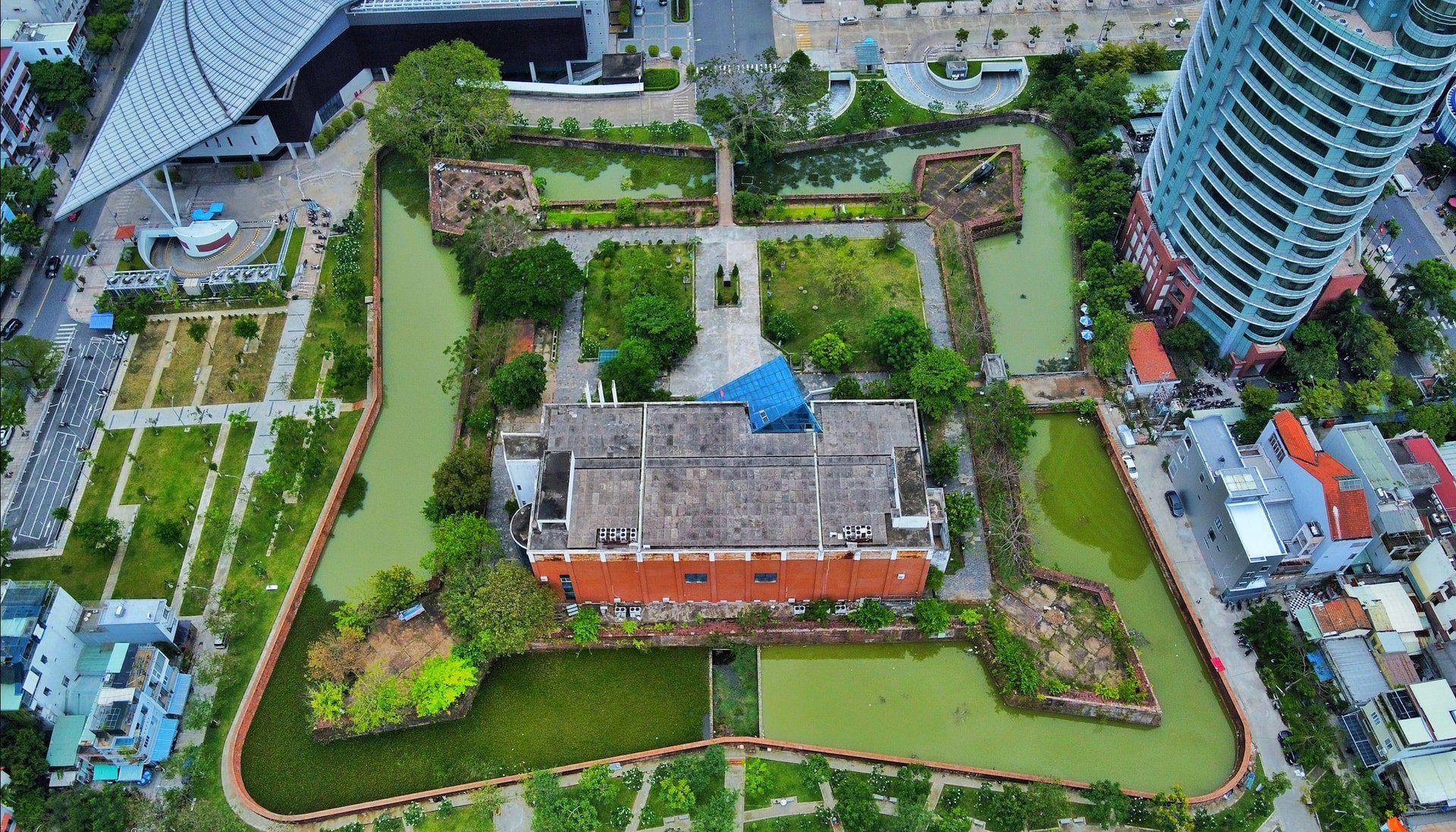
The national archaeological announcement workshop organized by the Institute of Archaeology (November 13 & 14) took place right after the archaeological site of Vuon Chuoi, Hoai Duc commune, Hanoi was ranked as a city-level cultural relic. This made many people continue to hope for the importance of identifying relics in the area.
Better late than never
The archaeological site of Vuon Chuoi (Hoai Duc commune, Hanoi) was discovered in 1969 and has undergone 11 excavations.
Dr. of archaeology Nguyen Thi Hau said that the Vuon Chuoi site has extremely rare age and cultural and historical value, and can be said to be unique in Hanoi.
The relics and artifacts collected during the exploration and excavation have clearly demonstrated the process of residence, daily life and production of handicrafts such as bronze casting, stone and woodworking, pottery, weaving, etc. of the ancient community of residents of the Vuon Chuoi site through many historical periods.
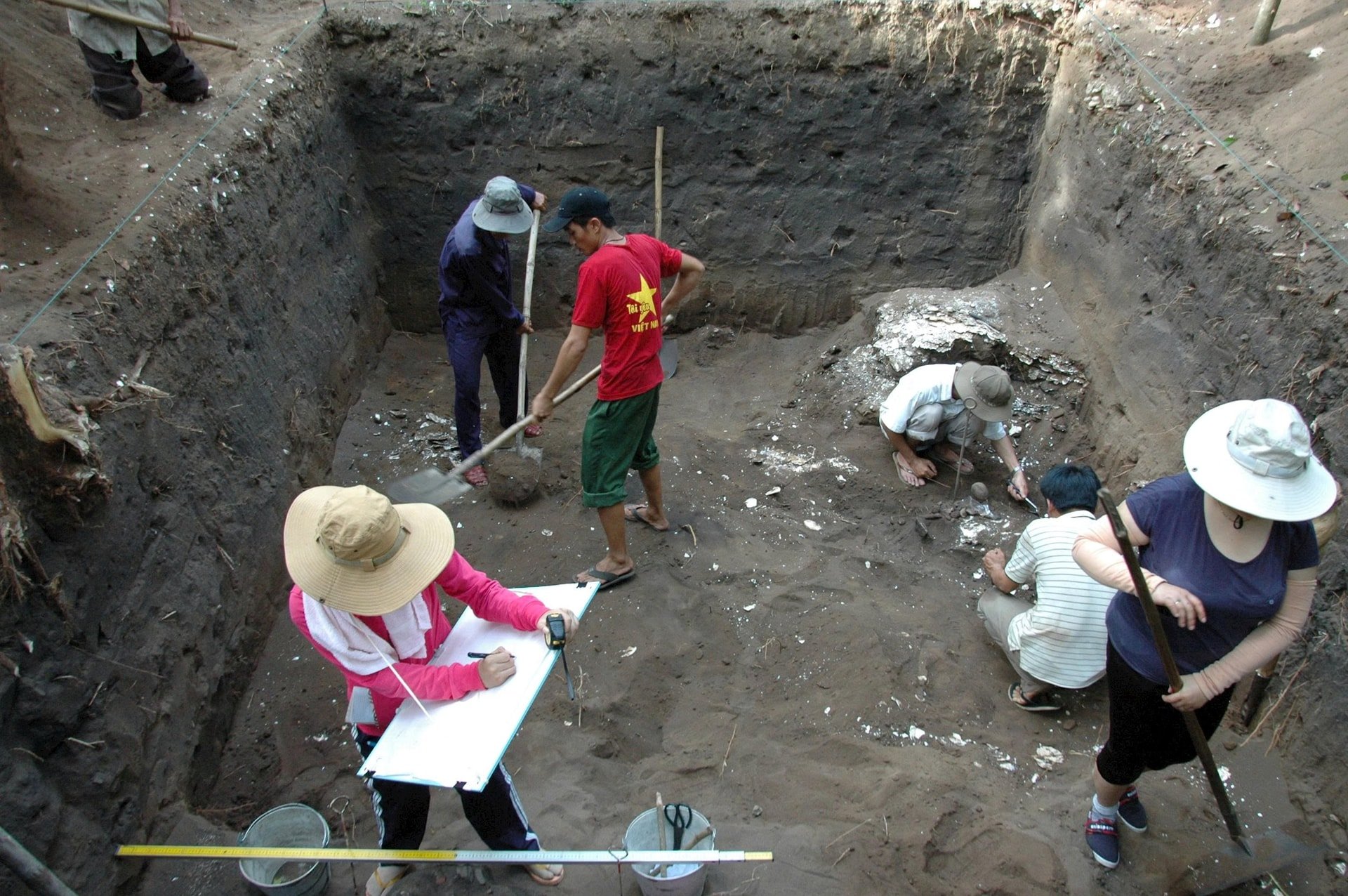
Vuon Chuoi site is also one of the very few relics that have been continuously developed through many archaeological cultures from Dong Dau - Go Mun - Dong Son. This is also the opinion of Hanoi Museum in the dossier proposing to rank the relic, when stating that Vuon Chuoi is a typical archaeological site of the Bronze Age in Hanoi and Northern Vietnam.
In 2019, scientists from the Institute of Archaeology and related units prepared a dossier to submit to the competent authorities to rank the Vuon Chuoi area as a relic. However, up to this point, Vuon Chuoi has only been ranked as a city-level relic.
Meanwhile, the Bau Du archaeological site (Phu Trung village, Tam Xuan commune), although highly appreciated by researchers for its historical and cultural value, has not yet been ranked as a relic.
Bau Du was first explored and excavated in the 1980s. At that time, archaeologists discovered stone tools and traces of ancient human habitation. They identified Bau Du as an important site of the early Neolithic period, called the scallop island culture.
Associate Professor, Dr. Nguyen Lan Cuong, Vietnam's leading anthropologist, when participating in the restoration of the remains of the ancient people of Bau Du, also said that there were ancient Vietnamese people living here about 6,000 years ago.
However, despite possessing such valuable historical values underground, Bau Du has not yet been classified as a relic. According to the explanation of an officer of the Da Nang Museum, facility 2, because Bau Du is located in the residential area, it is very difficult to clear and establish a relic profile. It is also fortunate that although not yet classified, Bau Du has been included in the list of relics registered for protection in the period 2024 - 2029.
Preserving and promoting heritage
People in Da Nang city are looking forward to seeing the "face" of Dien Hai citadel - a special national relic in the city center, as this relic is entering a large-scale restoration phase, after many years of preparing scientific documents, seminars and consulting experts.
Mr. Huynh Dinh Quoc Thien, Director of Da Nang Museum, said that in the first Dien Hai citadel archaeological project, the Da Nang cultural sector conducted a survey and re-exploration of the entire area of the citadel and moat, clearly defined the perimeter of each foundation built during the Minh Mang period, determined the bases to help restore the works, the exact location of the entire structure and architecture of the citadel, and set out the requirements for further research.

In phase 1 in 2018, the project mainly focused on relocating residents, clearing unsuitable structures, restoring the wall system, embankments and moats, and improving the landscape.
Phase 2 will be a major renovation and restoration inside the citadel, with the reconstruction of many important structures that existed nearly 200 years ago, such as the eastern gate, the wooden bridge at the western gate, and the majestic flagpole in the south - a symbol of military power at one time.
Currently, Da Nang city has 6 special national relics, 84 national relics and 475 city relics. With such a large number of relics, the story of preservation faces many challenges.
Currently, the city is soliciting comments on the draft Regulations on management, protection and promotion of cultural heritage values in the area, developed by the Department of Culture, Sports and Tourism. This is considered a "legal stick" in the urbanization process to resolve the conflict between preserving and conserving heritage and economic development, infrastructure construction...
Source: https://baodanang.vn/can-som-dinh-danh-di-tich-3310004.html






![[Photo] Unique art of painting Tuong masks](https://vphoto.vietnam.vn/thumb/1200x675/vietnam/resource/IMAGE/2025/11/14/1763094089301_ndo_br_1-jpg.webp)
![[Photo] Unique architecture of the deepest metro station in France](https://vphoto.vietnam.vn/thumb/1200x675/vietnam/resource/IMAGE/2025/11/14/1763107592365_ga-sau-nhat-nuoc-phap-duy-1-6403-jpg.webp)


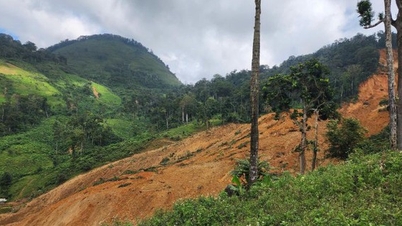









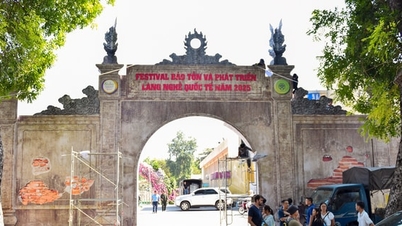
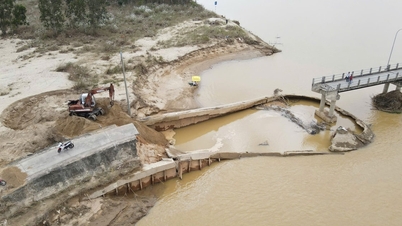


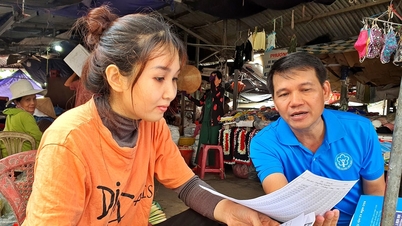







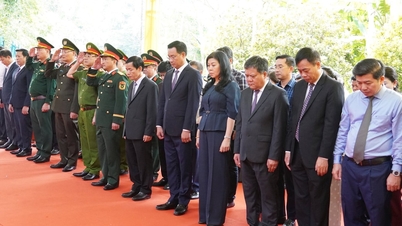



![[Photo] Special class in Tra Linh](https://vphoto.vietnam.vn/thumb/1200x675/vietnam/resource/IMAGE/2025/11/14/1763078485441_ndo_br_lop-hoc-7-jpg.webp)
























































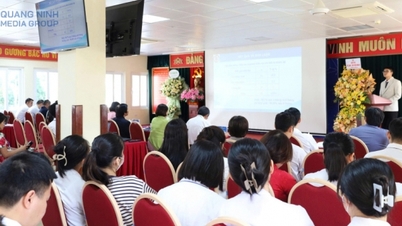














Comment (0)